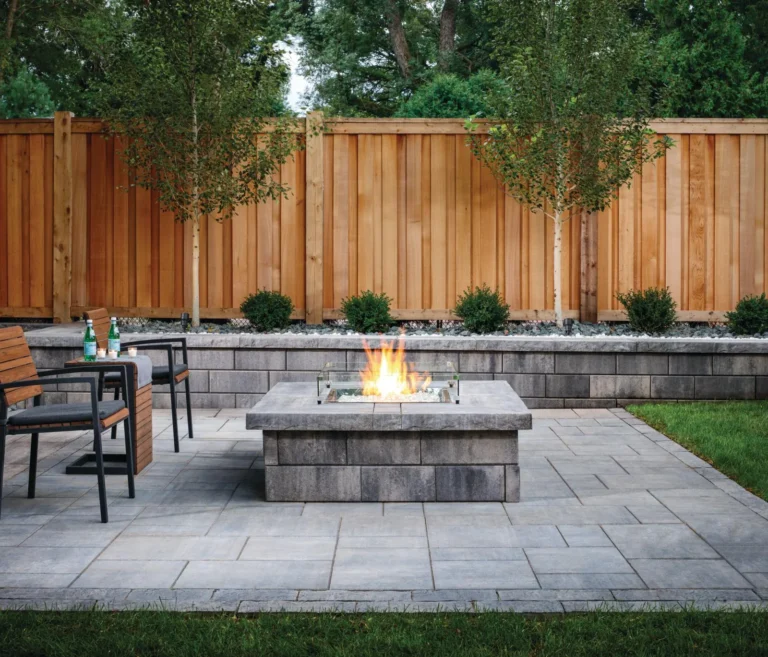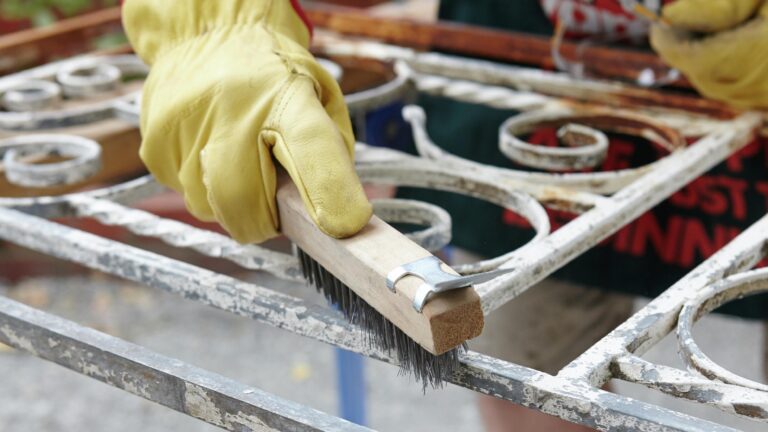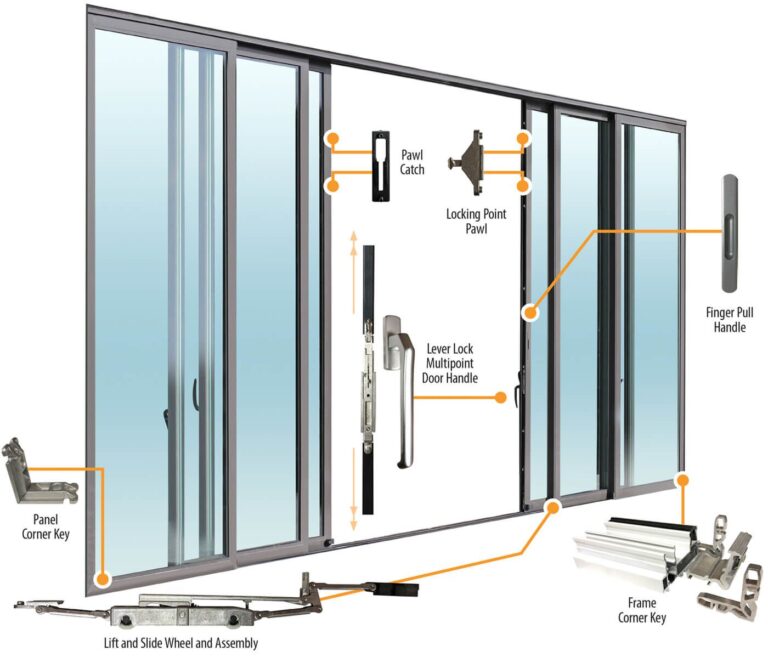How to Properly Secure Patio Furniture Covers
When it comes to maintaining the beauty and longevity of your outdoor furniture, securing your patio furniture covers properly is essential. Outdoor furniture is a significant investment, and the right covers protect it from the elements, ensuring it lasts for many years.
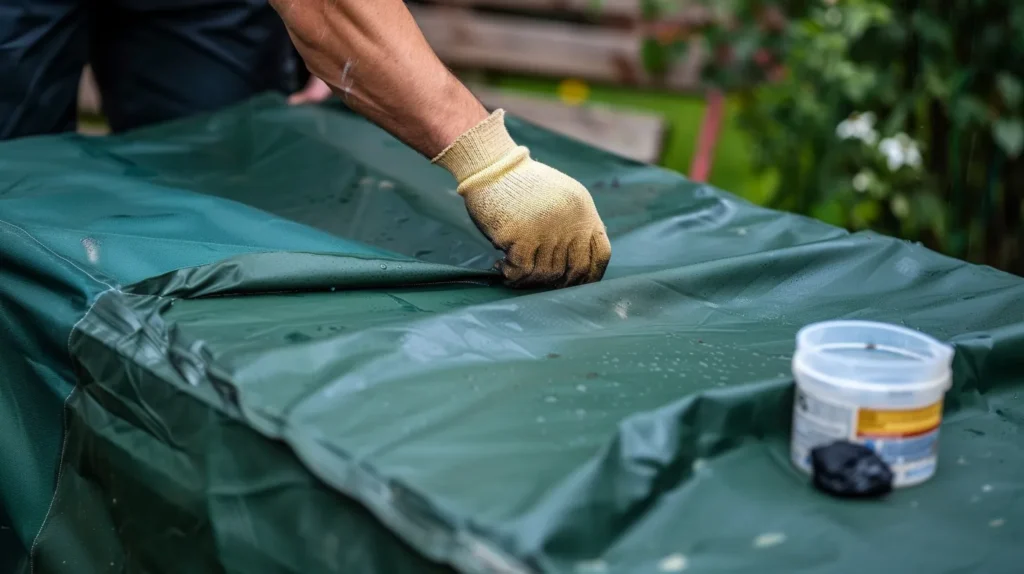
In this guide on How to Properly Secure Patio Furniture Covers, we’ll delve into the best methods to secure your patio furniture covers, prevent wind and weather damage, and extend their lifespan.
Tips for Securing Covers
Securing patio furniture covers can be challenging, especially in areas prone to high winds and adverse weather conditions. Here are some practical tips to ensure your covers stay in place:
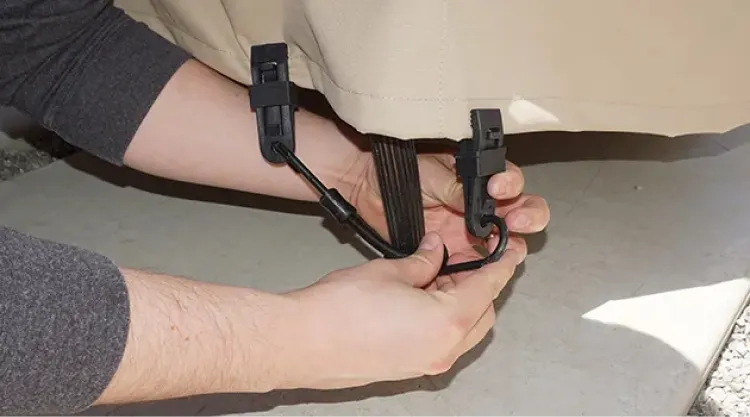
Using Straps and Ties
One of the most effective methods for securing patio furniture covers is using straps and ties. These tools help keep the covers snugly in place, even during strong winds.
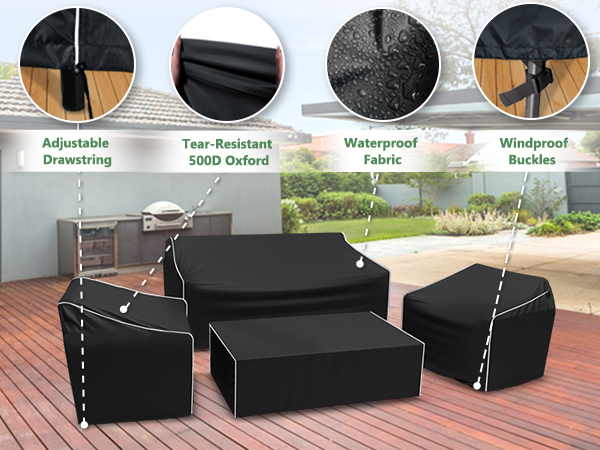
- Elastic Straps: Many patio furniture covers come with built-in elastic straps. These straps can be tightened around the legs of chairs, tables, and other furniture pieces to prevent the covers from slipping off. Elastic straps are particularly useful because they provide a secure fit without the need for additional tools or accessories. When using elastic straps, make sure they are not too tight to avoid damaging the furniture or the covers.
- Velcro Straps: Velcro straps are adjustable and easy to use. Wrap them around the furniture legs and tighten them to secure the covers. Velcro straps provide a strong hold and are resistant to wear and tear. They are ideal for quick adjustments and can be easily removed when needed. For added security, consider using Velcro straps with metal buckles or clips to ensure a firmer grip.
- Drawstring Ties: Some covers come with drawstring ties that can be pulled tight around the base of the furniture. Ensure the drawstrings are cinched tightly and tied securely to prevent the covers from blowing away. Drawstring ties are convenient for custom fits and can be easily adjusted to accommodate different furniture sizes and shapes. Make sure to check the ties regularly and retighten them if they become loose over time.
Using Weights
Weights can add stability to your patio furniture covers, preventing them from being lifted by the wind.
- Sandbags: Place sandbags on the edges of the covers to weigh them down. Ensure the sandbags are heavy enough to withstand strong winds but not so heavy that they damage the covers. Sandbags are effective and can be easily moved as needed. For aesthetic purposes, you can use decorative sandbags that blend with your outdoor decor.
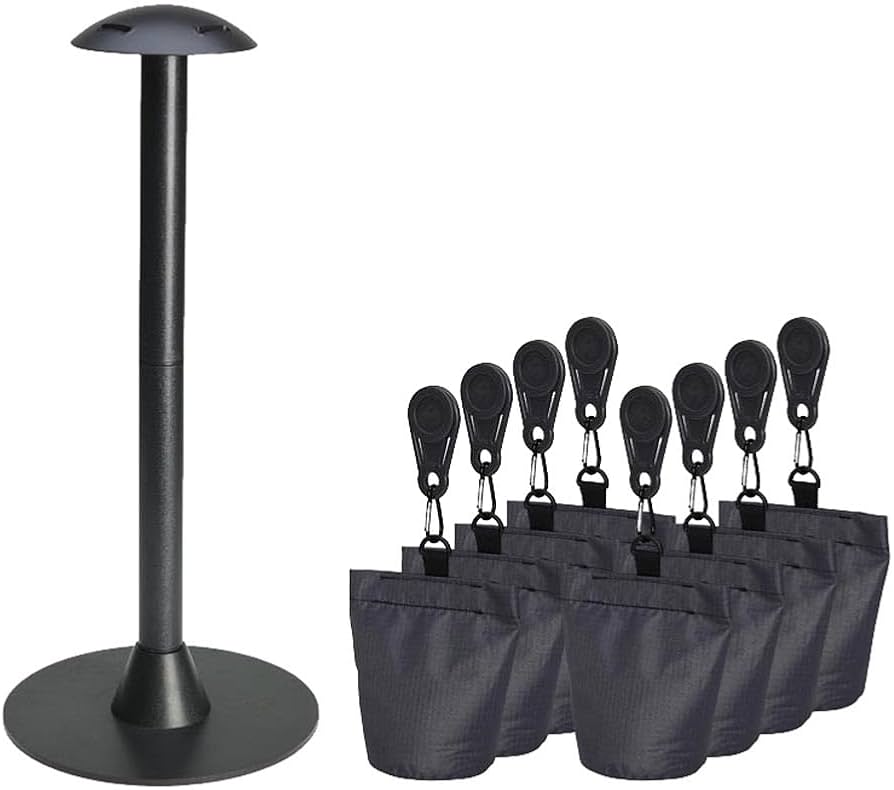
- Weighted Hem: Some covers come with a weighted hem, providing extra stability. This feature is especially useful for larger furniture pieces like sofas and dining sets. A weighted hem helps keep the covers in place without the need for additional weights. Look for covers with a reinforced weighted hem for added durability.
- DIY Weights: If your covers don’t come with weights, you can use household items like heavy books, bricks, or water-filled containers to secure the edges of the covers. These items can be placed strategically to prevent the covers from flapping in the wind. Ensure that the weights are distributed evenly to avoid creating pressure points that could damage the covers or furniture.
Preventing Wind and Weather Damage
Securing your covers is only part of the process. To protect your patio furniture from wind and weather damage, consider these additional steps:
- Regular Inspections: Check your covers regularly for signs of wear and tear. Small tears or holes can let in water and debris, compromising the protection of your furniture. Regular inspections allow you to address minor issues before they become major problems. Pay attention to seams, corners, and areas that are subject to frequent movement.

- Waterproofing: Ensure your covers are waterproof. If they are not, use a waterproofing spray to provide an extra layer of protection against rain and snow. Waterproof covers prevent moisture from seeping through and causing mold or mildew on your furniture. Reapply the waterproofing spray as needed, especially after heavy rains or cleaning.
- Proper Fit: Ensure your covers fit snugly over your furniture. Loose covers can easily be blown away by the wind, while tight covers provide better protection and stability. Measure your furniture carefully and choose covers that match the dimensions accurately. For custom-shaped furniture, consider ordering tailor-made covers for a perfect fit.
- Additional Fastening Methods: In addition to straps and weights, you can use other fastening methods such as bungee cords, clamps, or furniture cover clips. These accessories provide extra security and help keep the covers in place during strong winds. Bungee cords with hooks can be attached to the furniture legs or frames for added stability.
Extending the Life of Your Covers
To maximize the lifespan of your patio furniture covers, follow these maintenance tips:
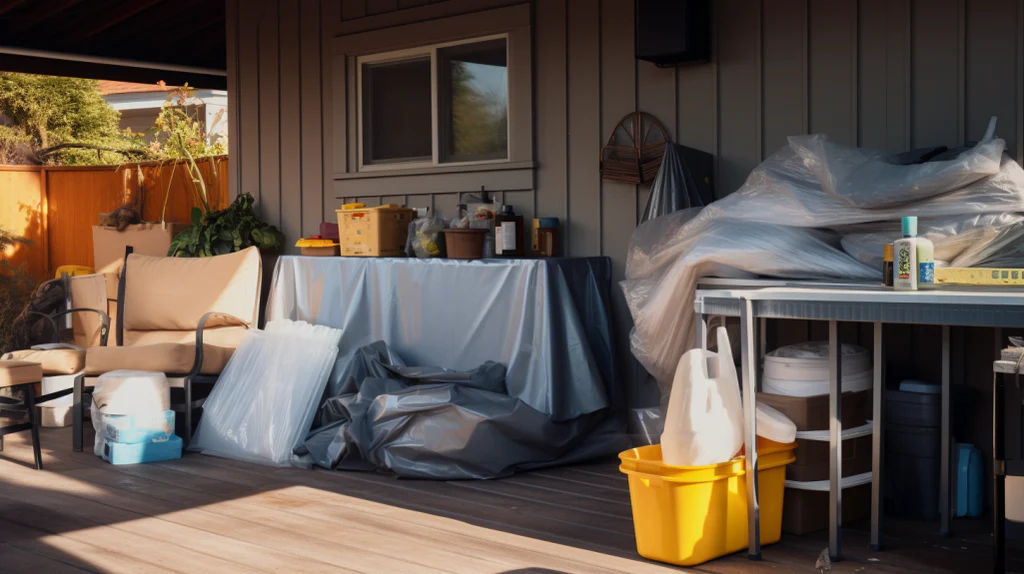
Clean Regularly: Dirt, leaves, and debris can accumulate on your covers, leading to mold and mildew. Clean your covers regularly with mild soap and water to keep them in good condition. Use a soft brush or cloth to gently scrub away dirt and stains. Avoid using harsh chemicals or abrasive cleaners that can damage the fabric.
Store Properly: When not in use, store your covers in a cool, dry place. Avoid leaving them exposed to the elements for extended periods, as this can cause deterioration. If possible, store the covers in a storage box or bag to protect them from dust and moisture. Fold the covers neatly to prevent creases and wrinkles.
Repair Promptly: Address any tears or damage immediately. Use repair kits or patches designed for outdoor fabrics to fix small holes and prevent them from getting bigger. Repairing minor damages promptly extends the life of your covers and ensures they continue to provide effective protection.
Use UV Protectant: Sunlight can cause covers to fade and weaken over time. Apply a UV protectant spray to your covers to shield them from harmful UV rays. UV protectant helps maintain the color and integrity of the fabric, preventing premature aging. Reapply the protectant as recommended by the manufacturer.
Rotate Covers: If you have multiple sets of covers, rotate them periodically to ensure even wear. This practice helps extend the life of each set and ensures that all covers remain in good condition. Rotating covers also allows you to clean and inspect each set more thoroughly.
By following these tips and techniques, you can ensure that your patio furniture covers provide the best protection for your outdoor furniture, keeping it safe from the elements and looking great for years to come. Investing in high-quality covers and maintaining them properly will save you money in the long run by reducing the need for frequent replacements.
Frequently Asked Questions
Conclusion
Properly securing patio furniture covers is essential for protecting your outdoor furniture from the elements. By using straps, ties, and weights, and following preventative maintenance tips, you can ensure your covers stay in place and extend their lifespan.
Regular cleaning and proper storage also play a crucial role in maintaining the effectiveness of your covers. With these strategies, you can enjoy your outdoor space with the confidence that your furniture is well-protected. Investing in quality covers and taking the time to secure and maintain them will pay off in the long run, preserving the beauty and functionality of your outdoor furniture for many seasons to come.
Disclosure: Our blog contains affiliate links to products. We may receive a commission for purchases made through these links. However, this does not impact our reviews and comparisons. We try our best to keep things fair and balanced, in order to help you make the best choice for you.


